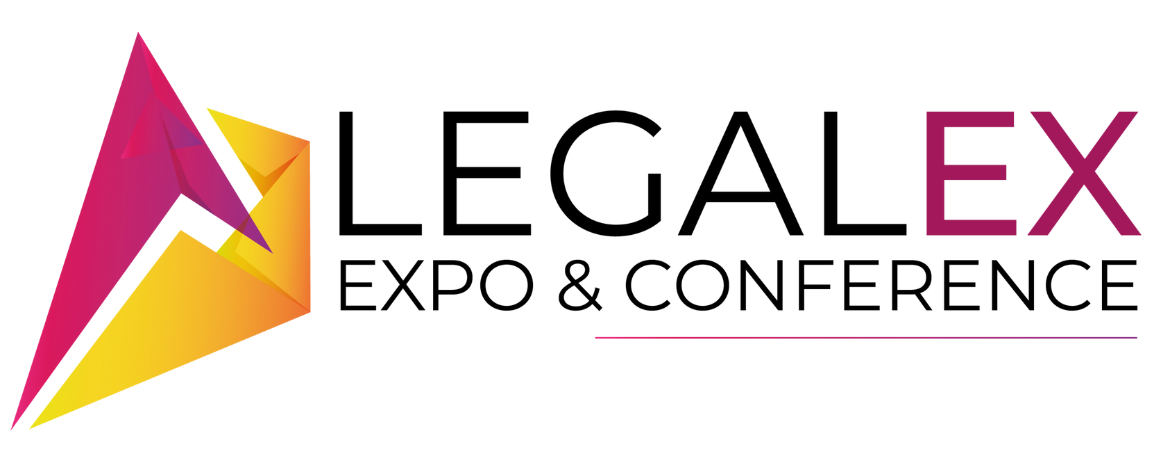How Computer-Aided Translation Tools Help Solve an Age-Old Problem in Legal Translation.
)
The wider consequences involved in the translation of legal documents mean that accuracy is of vital importance. However, quite often, the luxury of time is not available, and a quick, efficient turnaround is needed to meet official case deadlines and appointments. Compromise on either factor is not an option. But, achieving both speed and accuracy has been a challenge in the past. The development of reliable computer-aided translation tools has, therefore, become invaluable to legal translators. This article explores the requirements of legal translation more closely and shares how Mission Translate uses computer-aided translation (CAT) tools to help overcome the challenges that are presented.
What does legal translation include?
Legal translation can include quite a wide variety of document types; from straightforward immigration papers, such as birth and marriage certificates, to complex contracts and agreements with multinational businesses or even government offices.
Although the legal sector makes up a large percentage of the requirement, legal translation can be required in almost any business where contracts, terms and conditions, patents or intellectual property rights need to be communicated to a global audience.
The main requirements of legal translation
Accuracy
The top priority when translating legal documents is accuracy. Whether it is during a court case or a company negotiation, an accurate translation ensures a complete understanding of the actions between two parties. Mistranslations can, therefore, influence decisions that have far wider consequences to peoples’ lives and businesses.
To ensure terminology and procedures are correctly conveyed, translators need to have a full understanding of the legal systems and the culture in both the source and target language.
Efficient and reliable delivery
A translation cannot hold up the progress of a legal case or large-scale negotiation. Often, thousands of pounds are at stake, and failure to meet deadlines could lead to a significant financial impact. Translators need to be able to work efficiently and deliver translations reliably.
Price
A third factor that is important in legal translation is the cost. Whether there are restricted budgets, for example, due to legal aid funding, or businesses are seeking the most commercially viable option, translation companies need to be able to offer a cost-effective quote.
Confidentiality
Finally, confidentiality is hugely important when working on legal translation. Sensitive information is usually contained in the content of the documents, whether it is personal details or classified business concepts or developments, and therefore files should only be handled by credible sources.
Fulfilling these requirements can be a challenge. A high-level of accuracy in a legal translation requires time, and the time of a professional translator costs money.
What are CAT tools?
There is a significant distinction between computer-assisted translation (CAT) and machine translation that we want to establish from the outset.
Machine translation is completed automatically, with no involvement from a human translator. Leading digital brands, such as Google and Microsoft, are racing to develop a reliable solution. However, at this point machine translation lacks accuracy and is unable to apply context into a document to create an appropriate translation of anything other than simple words and phrases.
CAT tools are used by human translators, and language service providers, such as Mission Translate. The technology supports their processes, and the translators remain fully involved in ensuring the resulting translation is of a high standard. A human translator works within the CAT program to translate the source text into the target language and is aided by tools, such as memory functions and terminology databases, to make the process more efficient.
The benefits of CAT tools in legal translation
There are a variety of CAT tools available that assist translators in working more efficiently, accurately and consistently in their translation, and each of them offer similar functions.
The translation memory function of CAT tools stores previously approved translation segments for future use. When the program recognises a formerly used phrase, it suggests the translation to the user. Not only does this speed up the process, saving the translator time in researching and manually translating the segment, it also improves consistency by flagging these suggestions as the translator works on the document.
Many CAT tools also offer a terminology management function, where domain-specific terminology can be stored and used across different projects. As more translation work is completed using the CAT tool, the depth of the database increases, significantly improving a translator’s consistency and productivity.
CAT tools also provide a quality assurance tool, which checks for possible errors once a translation is completed. Catching mistakes that are easily overlooked by the human eye, the quality assurance tool not only scans for grammatical correctness, but also consistent use of terminology and translation of identical segments, as well as the congruence between numbers and values in the source and target text.
CAT tools help to fulfil the objectives of accuracy and speed in legal translation, and by improving efficiency, language service providers are also able to offer their clients improvements in cost.
Why is a human translator still needed?
The success of CAT tools relies on the input of professional human translators. They bring the knowledge of the legal systems and terminology, inputting it into the system and then checking the resulting suggestions to ensure their translations are correct. This knowledge and understanding are needed to build and develop the databases so that CAT tools can provide accurate and helpful support in the future.
CAT Tools are an invaluable resource for Mission Translate. Building our translation memory with the support of our legal-specialist translators, we provide our clients with confidence that their legal documents will be accurately and consistently translated and delivered to their deadlines, even when urgent. The increased productivity provided by using CAT tools means that we can pass on this benefit to our clients and also offer them a cost-effective quote.

